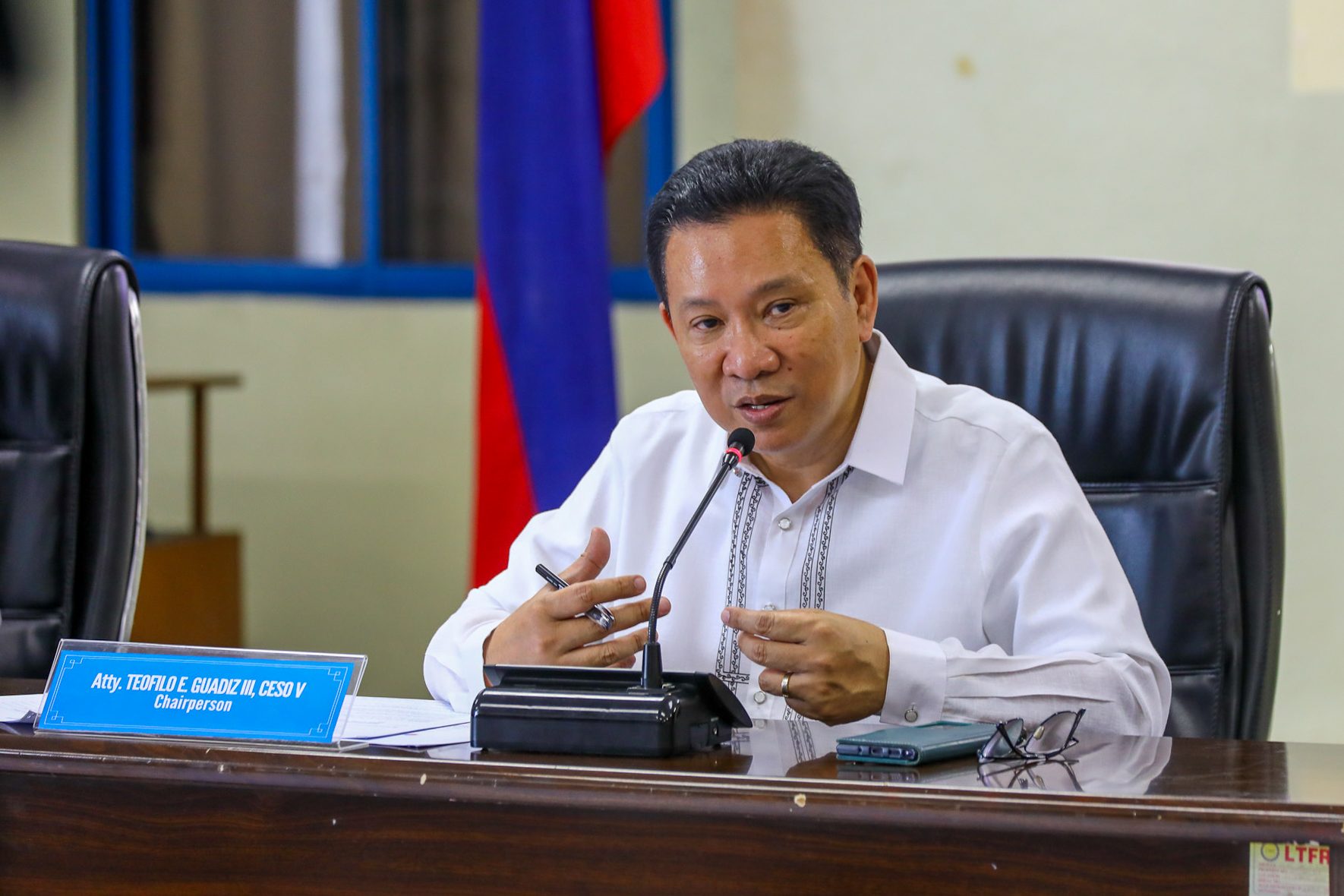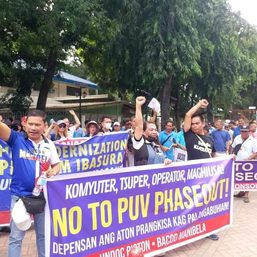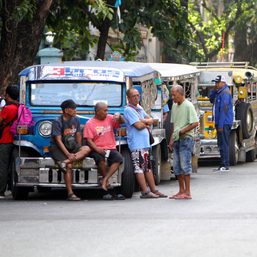SUMMARY
This is AI generated summarization, which may have errors. For context, always refer to the full article.

MANILA, Philippines – The government has begun distributing P2.95 billion in fuel subsidies for operators of public utility vehicles (PUVs) to mitigate the impact of rising fuel prices.
According to the Land Transportation Franchising and Regulatory Board (LTFRB), about 1.36 million beneficiaries will receive varying amounts of assistance.
The LTFRB will handle the distribution to 280,000 beneficiaries – jeepneys, taxis, buses, and other PUVs. Operators of modern jeepneys and modern UV Express will receive P10,000 in subsidies while traditional jeepneys, taxis, buses, and other PUVs will receive P6,500.
Meanwhile, about 930,000 tricycle drivers and operators will receive P1,000 through the Department of the Interior and Local Government while delivery service riders will get P1,200 through the Department of Information and Communications Technology.
The amounts are set to be credited to the operator’s Land Bank of the Philippines (Landbank) account and may be claimed at the following gas stations through their Pantawid Pasada Card or Fuel Subsidy Card:
- Caltex
- Cleanfuel
- Petron
- Phoenix
- Pilipinas Shell
- PTT
- Rephil
- Seaoil
- Total
- Unioil
The subsidies are only meant to cover the difference in the usual price of crude oil and its current elevated price, which LTFRB Chairman Teofilo Guadiz III estimated has risen from P51 to P71. The fuel assistance should last operators and drivers about 30 days.
However, it’s possible that some operators may not have received their subsidies yet. Guadiz clarified that so far, only 25,000 of the beneficiaries that they handle have had their Landbank accounts credited. The agency has also endorsed a list of 50,000 beneficiaries, who are spread across Metro Manila and regional offices.
Guadiz said the LTFRB targets completing the fuel subsidy distribution by Friday, September 15.
For 2024, the Department of Transportation will have a budget of P2.5 billion for its fuel subsidy program, although this is still being deliberated by Congress. (READ: Transport budget in 2024 doubles to P214 billion. Here’s where it’s going.)
Possible jeepney fare hike
Meanwhile, Guadiz also confirmed that jeepney fares may soon go up as the LTFRB is set to grant a fare increase to help operators cope with soaring fuel prices.
The LTFRB chairman said multiple transport groups have submitted fare hike petitions, although their requested amounts differ. The agency will hold an initial hearing on September 26 to consolidate the petitions.
After that, the LTFRB will forward its findings to the National Economic and Development Authority to study when and by how much to hike fares to limit the inflationary effect on the economy. Because of this, Guadiz said he could not commit to a specific timeline for the fare hike, but gave a rough estimate of 30 to 35 days.
To help drivers and operators cope with fuel prices in the meantime, the LTFRB might impose a more immediate P1 provisional fare increase after its September 26 hearing. – Rappler.com
Add a comment
How does this make you feel?





There are no comments yet. Add your comment to start the conversation.